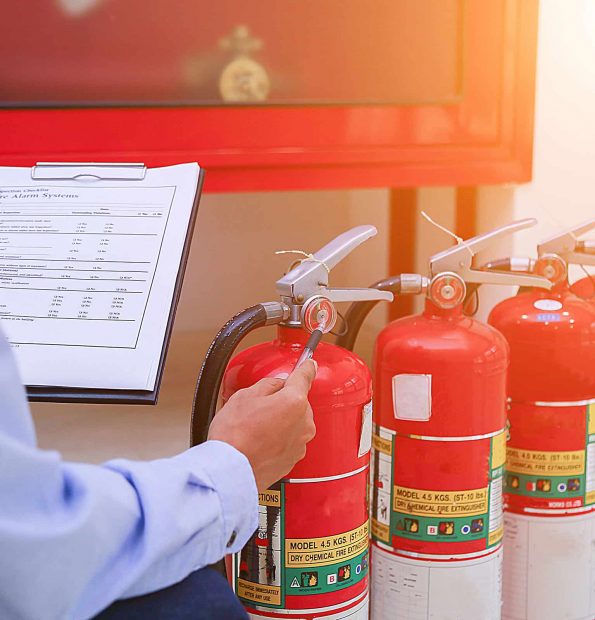Safety in the fire department of Sydney isn’t just the matter of ticking compliance boxes. At the core of the system lies the Annual Fire Safety Statement (AFSS) which is a document that does more than meet the law but also proves the building owner’s dedication to security and accountability. When paired with the Fire Safety Certificate, it forms the foundation of an organized framework that keeps residents safe, insurers confident and councils confident in the security of the city’s buildings.
The reason why there is an annual Fire Safety Statement
The requirement for an annual Fire Safety Statement Sydney wasn’t designed as an exercise that could be done on paper. The requirement was developed because regardless of how well a fire protection system is designed, it will only function if it’s regularly tested, maintained and certified. Sprinklers put in place ten or more years ago could appear good but they will not be effective in a crisis when they’re not inspected.

The AFSS obliges property owners to demonstrate, at least annually, that their fire safety measures, from alarms to hydrants, and even exit lighting, are still in compliance with the original standards set by the Building Code of Australia. It is not just an inspection. It is a declaration to the public that lives are safeguarded and that the building is able to be able to stand up to an emergency.
The distinction between AFSS Certificates and Fire Safety Certificates
Owners often make the mistake of confusing the Fire Safety Certificate with the annual report, however the two certificates serve distinct objectives. The certificate is given after the system has been installed or major changes have been completed. It ensures that the newly installed measures meet the requirements before an apartment or tenancy building can be leased. The AFSS On the other hand, comes later. It’s a continuous responsibility that ensures that the systems are in compliance with the specifications each year.
They create a protection cycle when they are combined: the certificates verify that safety systems were correctly installed and the annual audits ensure that these systems are maintained throughout the lifespan of a structure. If you fail to take care of each step can weaken the whole chain.
The responsibility of the building owner
In New South Wales, the AFSS procedure is unique because the owner of the property bears the final say. The AFSS is not an order of deficiency, unlike other forms where they can be classified as serious or minor. If one or more measures fail then the entire document cannot be validly issued.
The owners have to take an active role. They must schedule inspections, engage certified experts, schedule repairs, and submit documents with council–all while meeting strict deadlines. This responsibility includes coordination between tenants, contractors and insurance companies for commercial landlords and strata comittees. While challenging, this structure is designed to ensure safety is never diminished or delayed.
The Impact of the Broader AFSS in Sydney
Beyond compliance with law Beyond legal compliance, the AFSS has wider implications. If you are considering renting a spaces, tenants are often asked regarding the current safety report of the building. Insurance companies often require the copy prior to finalizing their insurance coverage. An annual fire safety document that is up-to-date can affect the value of a building as well as the confidence of tenants and insurance premiums.
It provides councils with a assurance of the ongoing surveillance of the buildings of Sydney. It means that fire authorities can be more confident in the systems’ ability to function during emergencies. This helps reduce the risks for both firefighters and those who reside in the buildings. The AFSS does more than just guard particular buildings, it also helps to make a city more secure.
Conclusion: AFSS is a Standard of Trust
The requirement for an Annual Fire Safety Declaration Sydney may seem like an administrative hurdle but in reality, it’s an indicator of trust. It shows that fire safety measures are not left up to chance. It also shows that the apparatus is reliable and that the building owners are taking the responsibility of their residents health and well-being. This certificate, when used with a Fire Safety Certificate completes the method of verifying the implementation of safety measures and their continued performance.
For property owners, the lesson is clear: the AFSS is more than an annual deadline. It’s a pledge to security, accountability and community confidence. In the rapidly growing urban environment of Sydney in which thousands of people depend on secure and compliant buildings, this is what truly makes the AFSS invaluable.